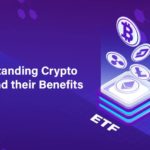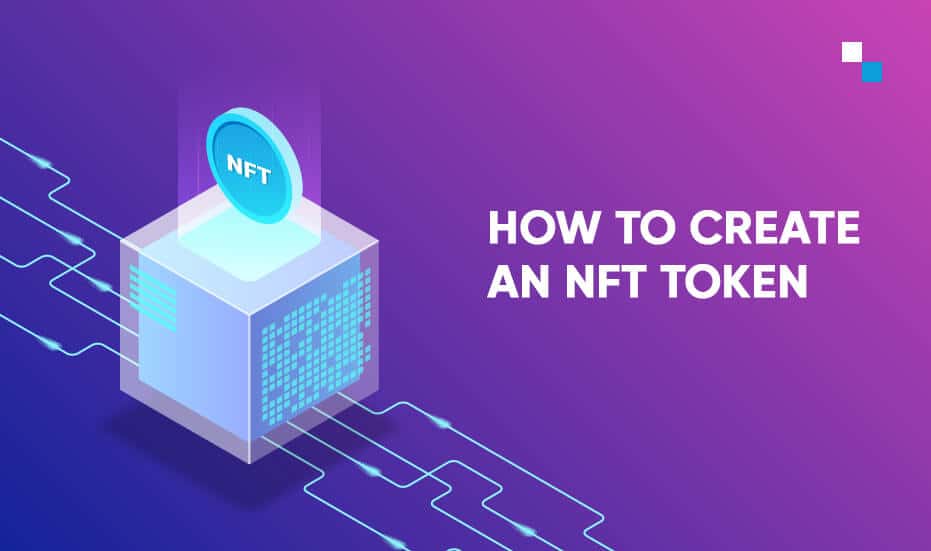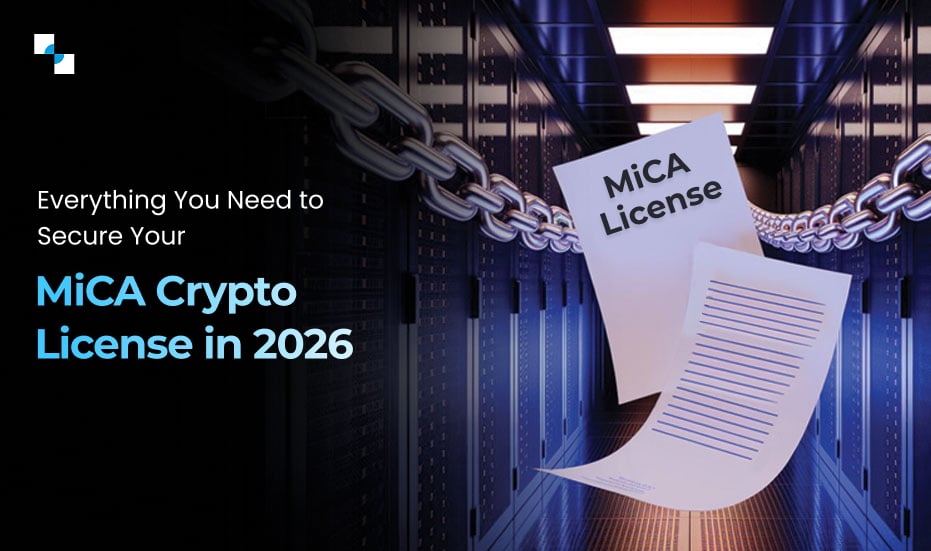Non-fungible tokens, also known as NFTs, have gained rapid traction and adoption globally. In March, Jack Dorsey – the CEO of Twitter – sold the tokenized representation of his first-ever tweet for over $2.9 million. Not only this, Mike Winkelmann – popularly known as Beeple – sold an NFT of his artwork for $69 million at Christie’s. Many such NFTs have been sold for millions of dollars. All this may sound weird, but the craze to create non fungible token has taken the world by storm.
What is a Non-Fungible Token?
The term non-fungible refers to something unique – which cannot be replaced with other similar items. A couple of examples include art pieces like Mona Lisa by Leonardo da Vinci and Starry Nights by Vincent van Gogh. Although the copied versions of these paintings exist across the globe, the original is only one and it is non-fungible.
When you represent these items using unique crypto tokens on a blockchain, you create non fungible token. This token is stored on a blockchain and serves as a proof-of-ownership of any virtual or real asset. Since NFTs are underpinned by blockchain, they are secure and immutable – which means that their data cannot be changed.
NFTs can be utilized to virtually represent any type of real or intangible items, such as:
• Artwork
• Music
• Video clips and audio clips
• Tokenized real-world assets, like real estate, cars, racehorses, and more
• Virtual land
• Virtual items within video games, such as virtual currency, avatars, weapons, and skins
What contributed to the popularity of Non-Fungible Tokens?
In 2017, a Canadian company launched CryptoKitties – an Ethereum-based NFT game that allowed its players to breed digital cats. The game received huge acceptance. Although the NFT innovation continued, the excitement around non-fungible tokens subdued until 2020 when COVID-19 led to the lockdown, thereby accelerating digitization. Not only schools and offices operated from homes and movies released on OTT (over-the-top) platforms, artists found a way to create non fungible token and sell digital art on the internet.
Similarly, other areas like music, virtual items, and tokenized real-world assets harnessed the potential of NFTs and capitalized on this burgeoning market to create revenue streams.
Should you create a Non Fungible Token?
The combined market cap of major NFT projects has grown by 1,785% within three months. Celebrities are riding the wave of NFTs by releasing their own tokens. The sales volume of NFT marketplaces has escalated, along with the valuations of NFT tokens. Given the remarkable growth of the NFT market, non-fungible tokens serve as a great business opportunity.
Furthermore, NFT marketplaces expose you to global markets, thereby amplifying your earning opportunities. For example, if you create an NFT of your artwork, you can showcase your piece of art to a global audience instead of partnering with a local gallery or agency to sell your artwork. You need not share your revenue with middlemen. Furthermore, each time your NFT is traded, you earn commission from it.
How to create a Non Fungible Token?
If you are wondering how to create a non fungible token, the process is straightforward; you need not be equipped with in-depth knowledge of the crypto industry. The first thing you need to decide to start with the process is the blockchain on which you want to build your NFT.
Currently, Ethereum is the leading blockchain for NFT token creation. Other blockchains that are becoming increasingly popular include Binance Smart Chain, Polkadot, Tron, EOS, and Tezos. Each blockchain offers its own NFT token standard, compatible wallet services, and marketplace. For example, if you create non fungible token on Binance Smart Chain, you will be able to sell it on platforms that support Binance Smart Chain assets.
Once the token is minted on the blockchain and turned into an NFT, it is stored in the digital wallet. Although anyone can replicate your non-fungible token from the internet, blockchain confirms your provenance, which means that it confirms your ownership of the original NFT.
Is it a good time to tap into the NFT Market?
NFTs drive a major shift in modern technology similar to the internet or web 2.0 and social. The craze of NFT is not opined to fade soon. Major brands and celebrities like the UFC and Shawn Mendes have signed deals to venture into the NFT market and launch their NFTs. Analysts anticipate that the size of the NFT market will exceed $1.3 billion by the end of 2021 as more brands and celebrities navigate toward this market.
Antier Expertise: Development Solutions and Consulting on how to create NFT Token
At Antier Solutions, we harness our technical prowess, deep domain knowledge, and rich blockchain experience to create NFTs on different blockchains like Ethereum, Binance Smart Chain, and Tron. Whether you want to tokenize art, games assets, or any other assets, we cater to your needs with our mission-driven solutions. The NFTs that we create can be seamlessly listed and traded on all types of NFT exchanges.
Apart from NFT token creation, we specialize in advising on how to make non fungible tokens. Our subject matter experts understand your needs and provide you with all necessary guidance – from conceptualization to the development and launch of NFT tokens.
Connect with our experts to share your need for NFT token development or seek advice on how to make a non fungible token.







